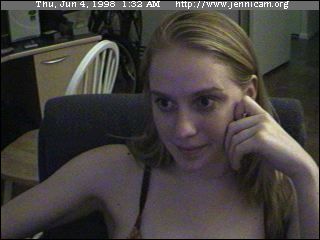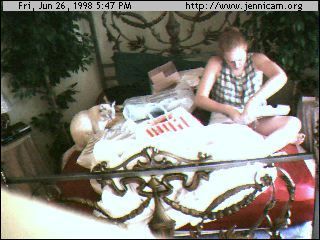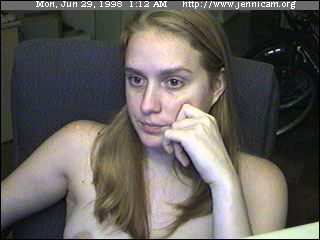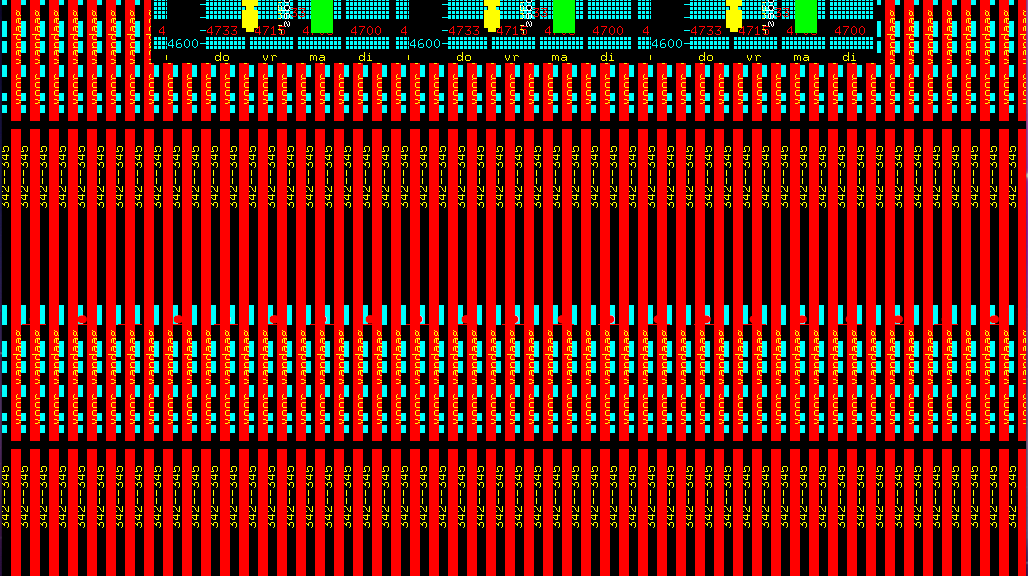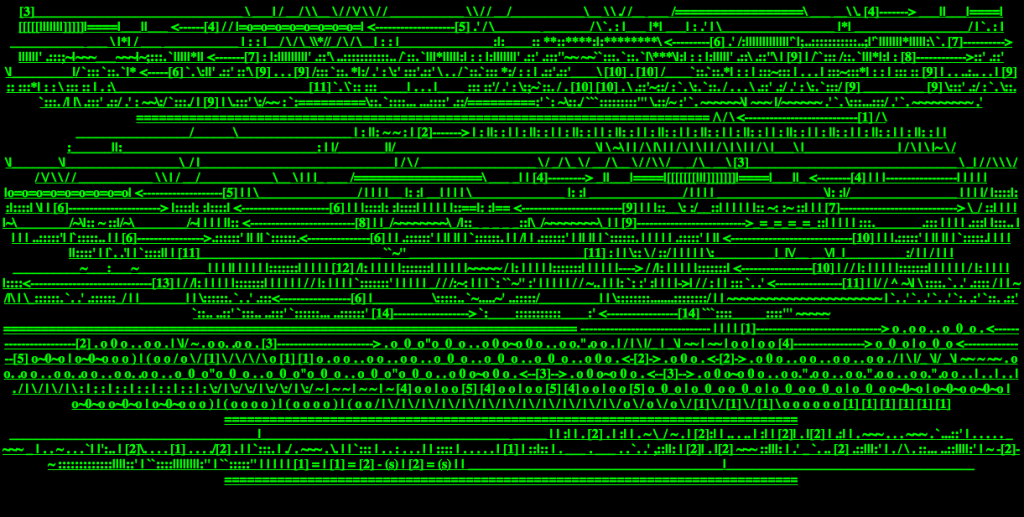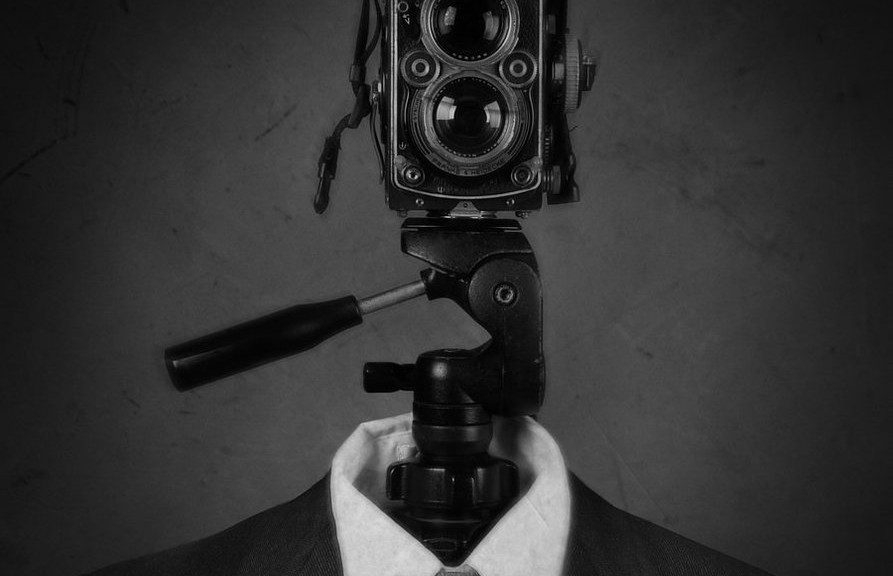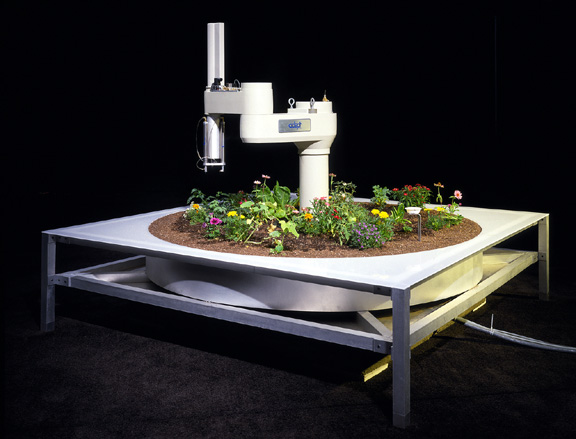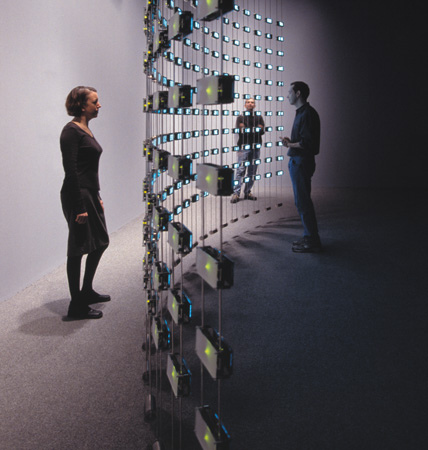No, its not porn. No, its not about being a peeping tom. And its definitely not Skype! Whether she is the pioneer of self-ies, we’ll never know. It’s a glimpse into the life of this women and what she does in front of her webcam. And that woman is Jennifer Ringley. In 1998 (when I was just a freaking 8-year-old boy) she most probably kick started the whole concept of reality television. A dozen thousand photos, hundreds of hours of recording and just one main protagonist- herself. Back then in the 1990s, I can imagine with Windows 95 being the ultimate to have OS, this would become a phenomenon like no other. Creepy yet additive, intrusive while juicy – what more action do you need to narrate a box- office hit.
We have all seen Kim Kardashian, Survivor and all the commercially glamour reality Televisions. But they are all decorated with the ideals that society is constantly looking towards, perhaps. Jennifer Ringley is as real as it gets cause initially she just acts and lives the way she is. But notice, as the years pass by, we see certain things like relationship romances etc coming into the screen. Something you don’t usually do infront of your computer but perhaps done for the mere sake of narration and to spice it all up. Perhaps, she got bored but one is sure, reality gets no longer becomes reality when its not spontaneous response or natural in reality. To me, everything changes but its whether we do it because it’s for a natural course for others to stay tuned. Perhaps, I am just being too critical. The whole idea and concept, over the years is something I am very impressed. Memories in virtually. What more can do you to preserve memories then recording them down every moment!
So let’s get down to the details… every single nipple revealing detail. Notice, how she is mostly topless in, I presume, pre-bedtime period for the live stream. She seems to be at her natural state. If we were to observe in detail. Initially, she starts her day at her natural state where she does not care about the camera or anyone viewing, gets to be a little more cautious during the later part of the day and eventually when the battery is running low, she goes back to the natural state. Personally to me, its a very interesting form or rather state of mind that Ringley goes through. Imagine animals in a zoo ( I am not insulting her just a simple analogy for us to understand this better). When visitors are allowed, they might have this unnatural feeling and react differently but once the visitors have left, its back to their own self. Of course, this is only perhaps for the new animals. What happens to animals that have been there for such a long time that they couldn’t be bothered?
As the time flies in years, she gets less and less concerned about the camera. Her photos shows negligence towards the camera. Her angle used to be more cautious so that her viewers can see her. But it got worse along the years. Sometimes. I just see her hips, butt etc. This negligence might be from her side cause I am sure its not the same from the guys viewing her life through the webcam. Hence I think this attitude of not being cautious for the camera creates a more exciting story. She no longer has to create narratives cause it creates itself. People are aware of it and that’s how it gives them the impression that it is no longer staged at all. Every action she does is creates suspense – what is she up to, what is she going to do? She sits on her sofa cutting paper( or whatever it is ) or even sits on her bed watching TV, she tune in to see what is she up to next cause we don’t know when there will be change that might add some twist to the whole process. The suspense starts with nothingness. The nothingness starts with being natural. And here the natural state begins with not giving a shit about who is watching you ( cautiousness)
This is very different from Steve Dixon’s association of webcam pornography where he describes the need for the two to conference through the webcam so that the host will be able to gain loyalty. But question about the tons of pornography material that show you a glimpse into the actor/actress life and whatever biological touching they may be doing to themselves yet its a one sided window. It might be live or recorded but it still captures loyalty. Its the same for Jennicam which he himself has mentioned it as the most publicised live webcam production and it was from an unknown college student. So I ask if Dixon’s stand is still valid in the context. However, he does bring our very valid points with regard to it bringing out a ‘dramatic play – life portrayed’ and how sometimes there was apparently nothing to see cause she either left or switched off her lights. His term of ‘documentary realism’ is very evident in Jennicam when everything and anything is shown to the world through the webcam without any form of censorship or restriction eventually. Dixon even named her ‘Queen of Cyberspace’, implying like she had been inevitably been crowned through mere viewership ( no interactivity).
We dig it – Its all happening in real time and its entertaining. As mentioned earlier, it connects us in a unidirectional manner to her and its performance becomes something that we relate in our everyday life. We become fans, admirers and well-wishers… or do we? What if these fans, admirers and well-wishers grow to be more than that? What if reality is boundless for some. What if they become stalkers, haters and demoralizers? She is American, so its freed of expression and everybody soon gets into the trend. Imagine if she were in India or South America. Is she going to get the same kind of response both in virtually and in reality? I doubt so because she is woman ( I am not being gender bias). Cultures can change but people don’t. We have to understand that the web reality has its pros ( which I am so into) but it’s the cons that scare us once we are aware of them. Web Reality is regional no matter how globalized we are. Forget about interconnectedness because cultures have a defense mechanism that rejects ideologies or inner cultures from different regions. An example would be Singapore. In Singapore, we adapt a lot of Western and European cultural styles but when it boils down to defense, policies and even politics, we aren’t going to allow anyone to inject a dose of Western or European practice other than the idea of democracy itself. These are the pillars that make Jennifer Ringley’s experiment nice to watch but definitely ‘out of bound’ in the Singapore context for people to appropriate this method.
Cheers
Jaysee

